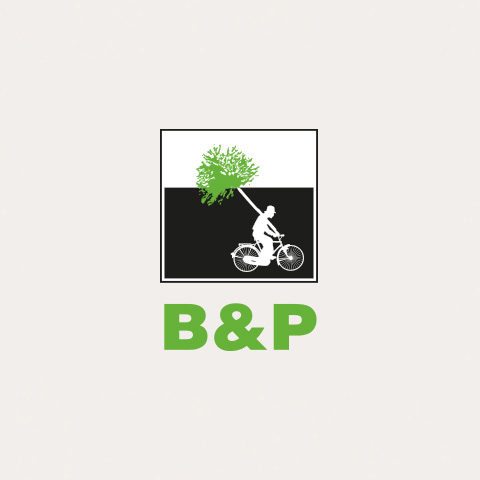From childhood we are taught the importance of stories, tales, of being able to entertain and enchant even with a few words. From the first moment we open our eyes, we are immersed in a universe made of sentences, syllables, letters. We grow, change and evolve but the word remains the constant that we cannot and will not do without. We learn to communicate and try to do it in the most coherent, effective and creative way.
Everything around us can be skillfully transformed into narration and communication: the futuristic design of an iconic car or a new corporate acquisition. What makes these elements communicable in the eyes of companies and service providers is storytelling. Through it, the car’s new trim becomes the perfect solution for “skidding” into the future in style, while the acquisition becomes an important milestone.
The origin of storytelling
But what is it specifically? If we want to go back to the extreme beginnings of the very concept of storytelling, it is possible to go back 30 thousand years ago and, specifically, to cave paintings: since prehistoric times, man has felt the need to express himself, tell and share. Moments of daily life, myths and symbolism were transposed into the form of visual storytelling and organized according to a logical sequence that today we might describe close to the structure of narrative discourse, which makes personal experience orderly, understandable and communicable.

A milestone in the development of storytelling, on the other hand, is represented in decidedly more recent years by the blog boom in 2004. Indeed, it becomes a common and shared practice to tell and tell about oneself to the outside world through the support of the Internet. It is precisely the web that marks a decisive turning point in terms of the development of this powerful tool: with the pervasiveness granted and promoted by social media, storytelling takes on a unique relevance, declining in different formats adaptable to the device through which the communication is delivered.
The goal, as cynical and aseptic as it may appear, remains to create an emotional connection and a trusting relationship with one’s target audience, often using creativity: excite to persuade.
A strategic lever for business
Today, storytelling is one of the most valuable tools we have at our disposal, as effective in B2C as in B2B: news, events, identity and mission of brands can also be told and inflected digitally through the art of rhetoric and narratology, making sure that it is precisely our narrative that sticks in the minds of users. To make this possible, it is necessary to start with the identification of an idea, an insight.
From this first step we then move toward the creation of a harmonious interweaving between text, graphic and visual elements, whether video or static content and, why not, music.
As a universal language, storytelling presents no “contraindications” to its use, if exploited wisely. Rather, it represents a multifaceted tool that allows for continuous revisitations, depending on different needs. However, it is necessary to start with a priority question: what is the story you want to tell?
categories: opinioni e attualità

